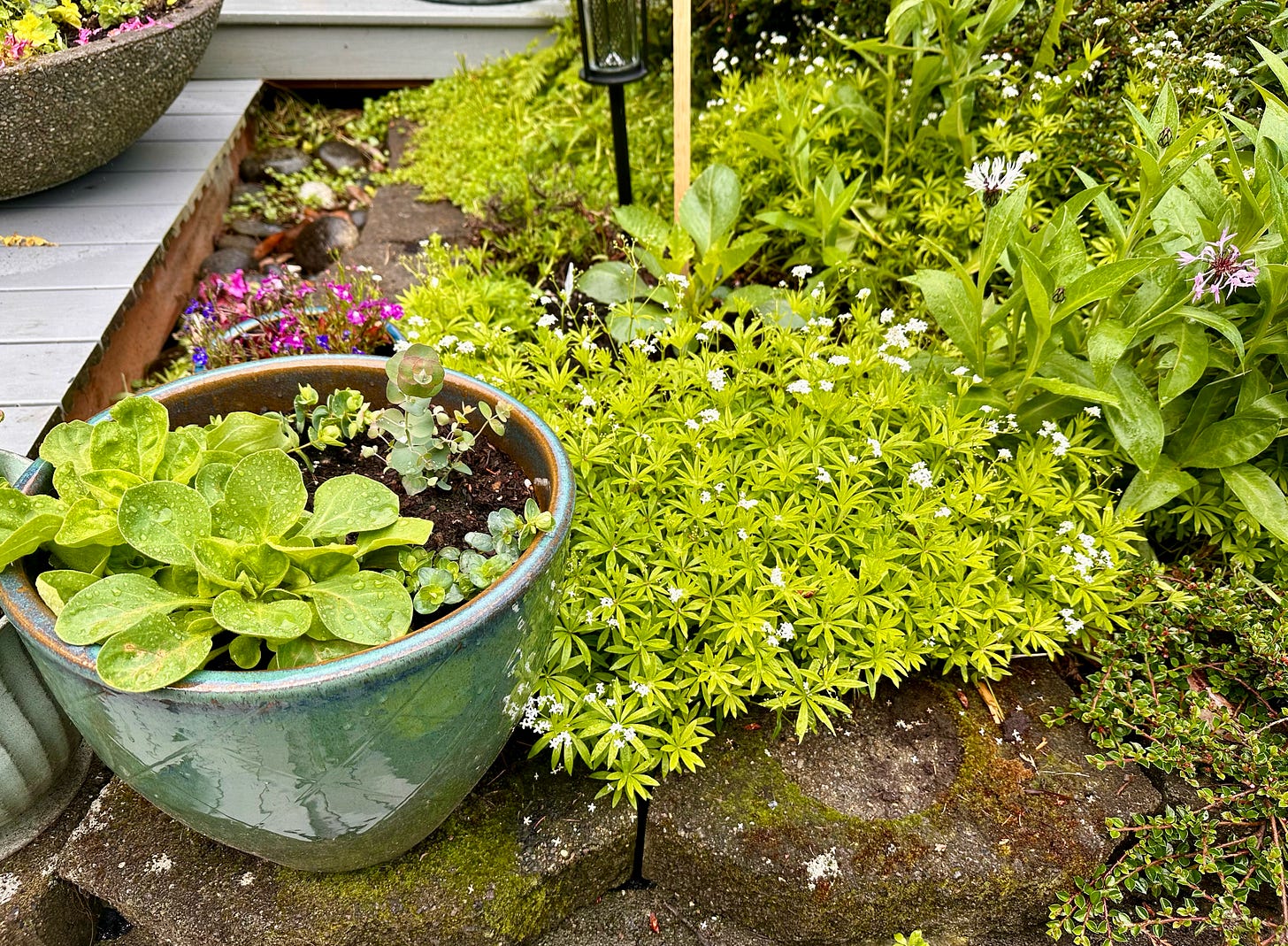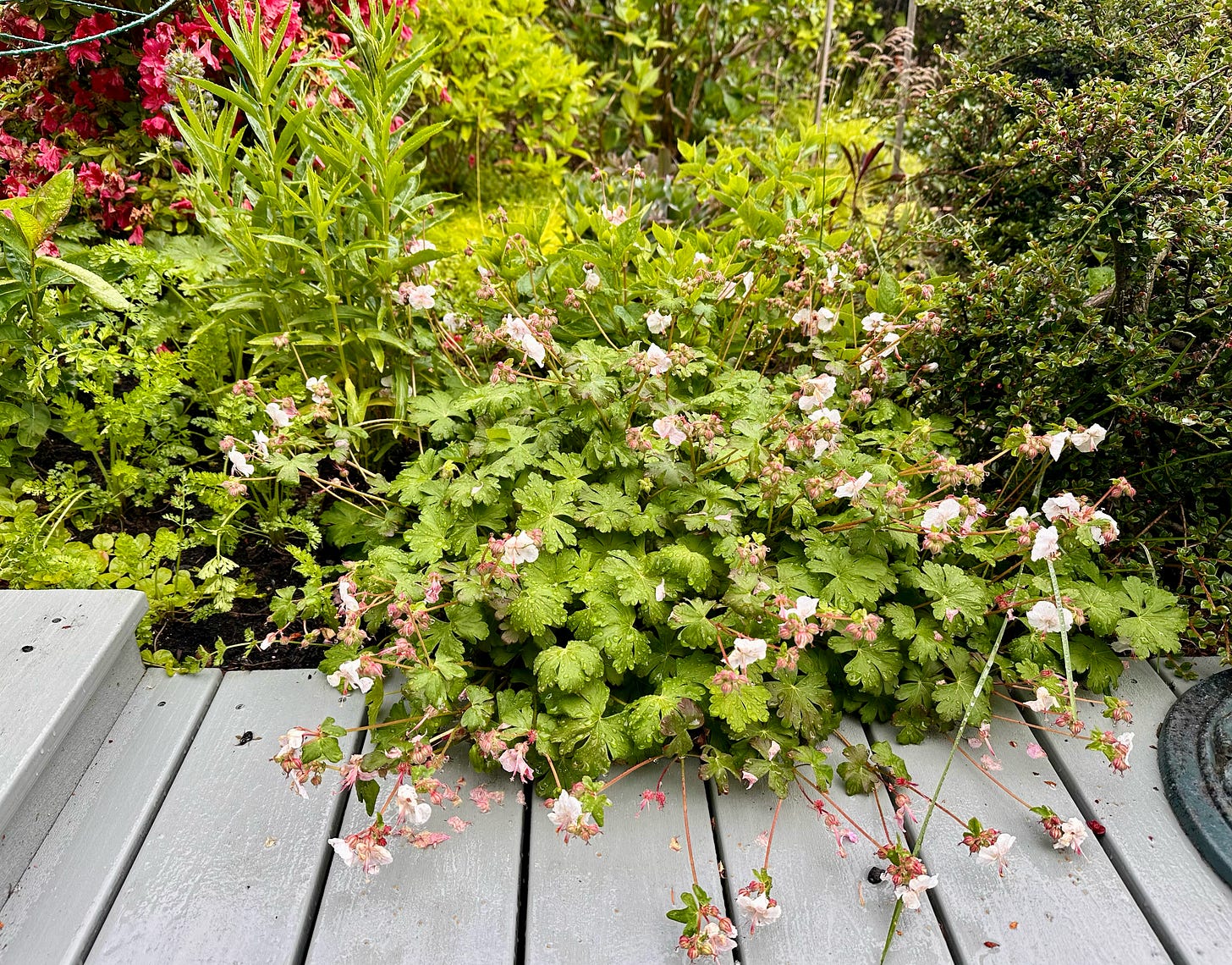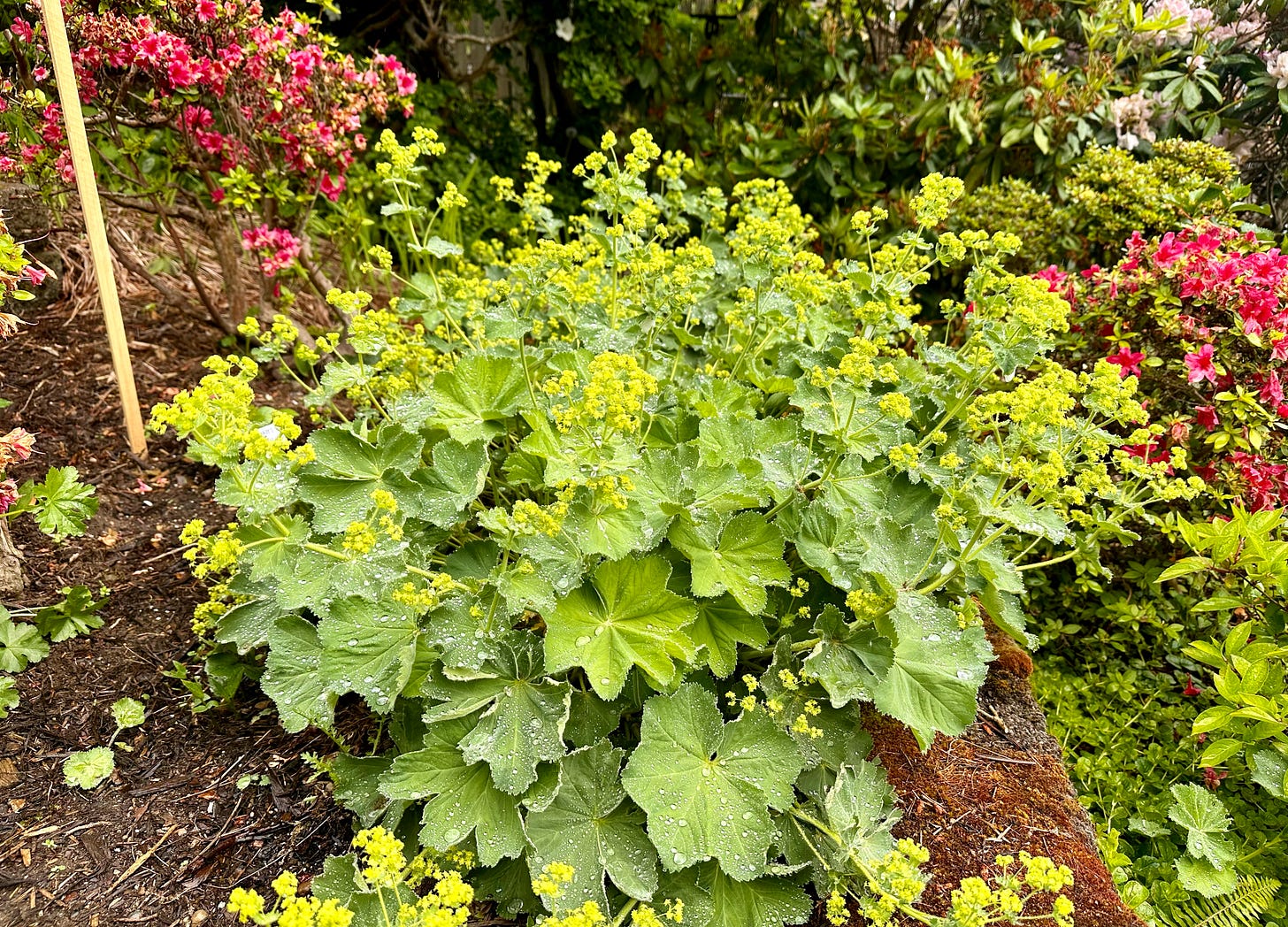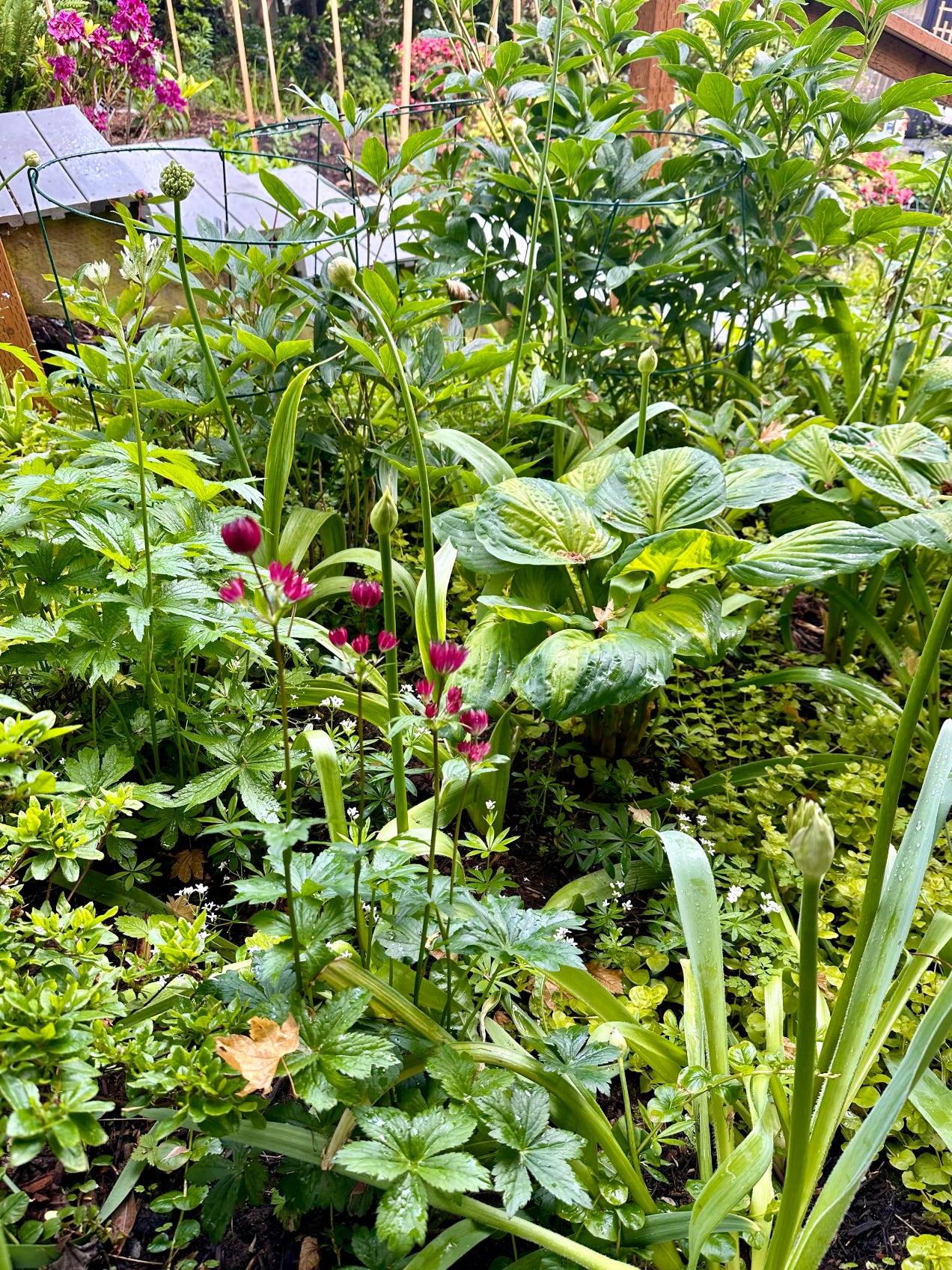If Substack worked differently, I’d just start a thread with the prompt “help, what should I do with this houseplant” and then you’d all post pictures and we’d post replies. But since Substack doesn’t allow photos in the comments, we have to do things slightly differently.
If you have a houseplant in need of advice (is it sick? repotting? how do I prune? where would it be happiest?) send an email to annehelenpetersen at gmail dot com with “HOUSEPLANT CLINIC” in the subject line.
Be sure to include: 1) a picture of the plant that gives us the best view of its situation/state; 2) when you planted it in its current plant; 3) any specifics of how you’ve cared for it (fertilized? pruned? how often do you water and how do you water?); 4) how much sun it currently receives; and 5) your best guess for what kind of plant it is. Feel free to include the plant’s nickname, if it has one, just for kicks.
And as always, if you know someone who’d like Garden Study, please forward this their way — but make sure to guide them to the specific way to *opt-in* to Garden Study emails, which you can find here.
As I was sitting here fretting about the latest deluge of late Spring rain and how it’s going to affect the handful of as-yet-unsprouted dahlia tubers, I looked out my window and saw my pal Sweet Woodruff, and felt a wave of appreciation. In my Coastal Zone 8 climate, Sweet Woodruff is what I call a tried and true: a beautiful plant that does what it’s supposed to without fail. When other things in the garden feel like energy sucks, they feel like energy sources. They just work. And I’m grateful for them.
Some tried and trues are native plants; others are just particularly well-suited to your climate, but I figure I’d share a few of my current favs.
1) Sweet Woodruff
I couldn’t mention him and not sing his specific praises. It’s native to Europe, Asia, and North Africa (I saw it all over in the Norwegian forests) and spreads with ease (through runners) in mild climates here. It is *not* tidy and *not* respectful but it does like to live where other plants refuse, like shady spots and underhangs and the place where your dryer vent comes out. It’s easy to tear out, too, and has these cute little white flowers. Dies back in winter, comes back strong in Spring, frizzles in strong direct sun. Would be great for under big trees or rhodies.
2) Hardy Geranium
I think I avoided hardy geraniums because I felt like they were inferior to the annual geraniums I grow in my pots with their pretty frilly flowers, but talk about a workhorse. This buddy survived our massive cold snap (0-10 degrees for several days), started blooming in May, and keeps that gorgeous foliage through the winter. They come in a bunch of colors and are great to fill holes, although like sweet woodruff, they are neither tidy nor polite. (But also easy to cut back). This one’s planted next to some delphinium and penstemon in full sun.
3) Lady’s Mantle
Full sun? Partial shade? Nearly full shade? Lady’s Mantle likes them all (although probably wouldn’t like scorching sun). You get these beautiful little blooms in Spring and then the rest of the foliage hangs around and collects beads of water for the rest of summer. Self-seeds but easy to keep in check; people use the flowers and the foliage as accent for bouquets.
4) Masterwort
Subtle delicate flowers in white or magenta that last ALL OF SPRING AND SUMMER?? Plant that spreads very gently but otherwise requires no care whatsoever? MASTERWORT, YOU RULE. Loves partial/full shade and hanging out next to hostas (as you can see here) with creeping jenny and sweet woodruff pals beside. Enjoys a mild climate and moist soil but I never purposefully water it. A white one of these came with the house (and has probably been here for decades) and I bought the magenta one pictured here to join it.









I'm not sure if there's a better way to nominate a topic, but I would love to have a thread on shade gardening - like deep shade and dappled shade, not "partial sun" - if only I were so lucky! I have a woodland backyard and am always looking for ideas beyond hostas.
“Dies back in winter, comes back strong in Spring, frizzles in strong direct sun. Would be great for under big trees or rhodies.”
I feel seen.